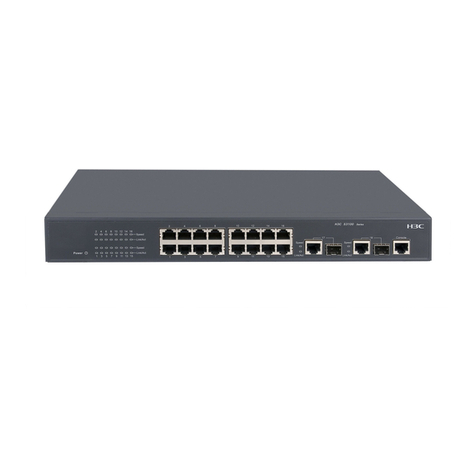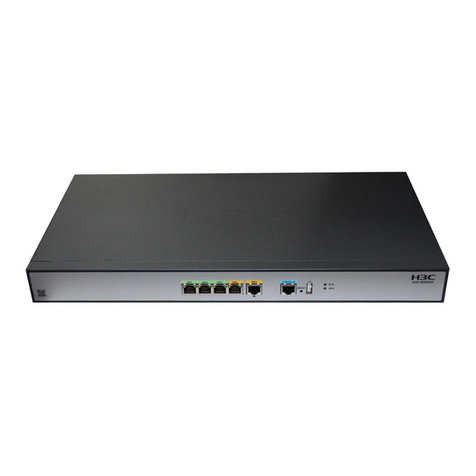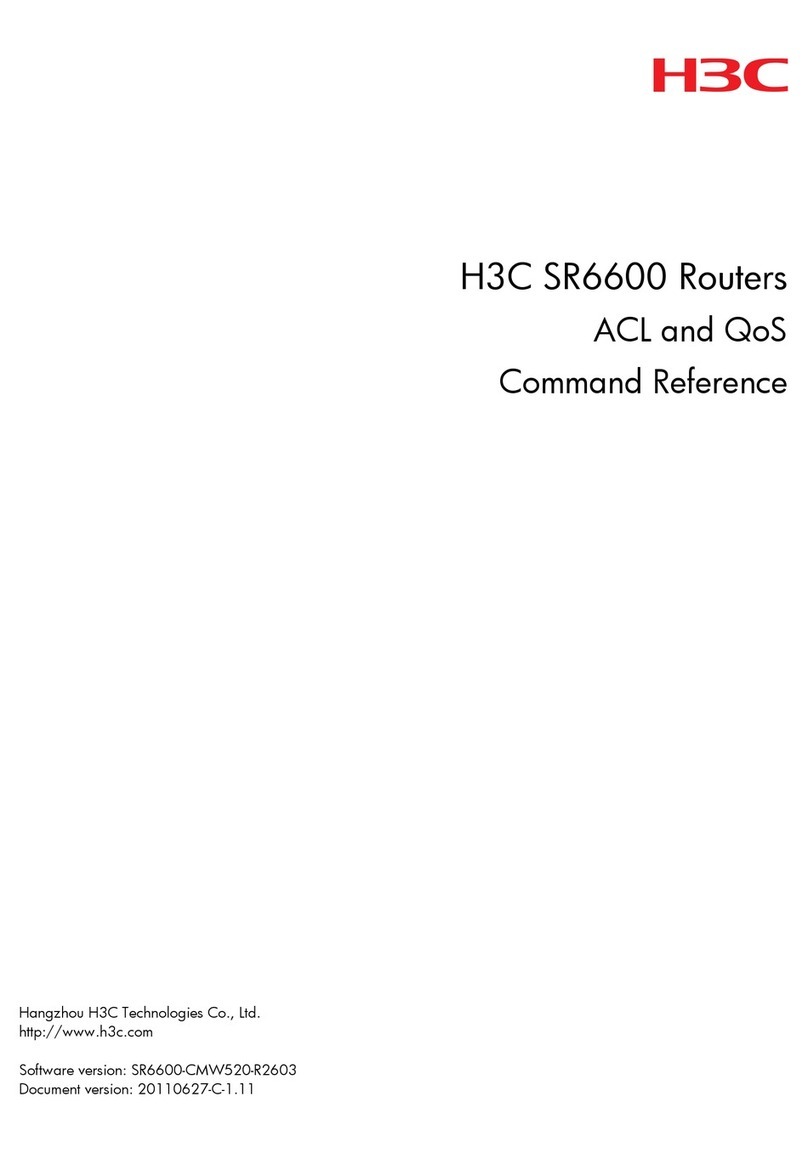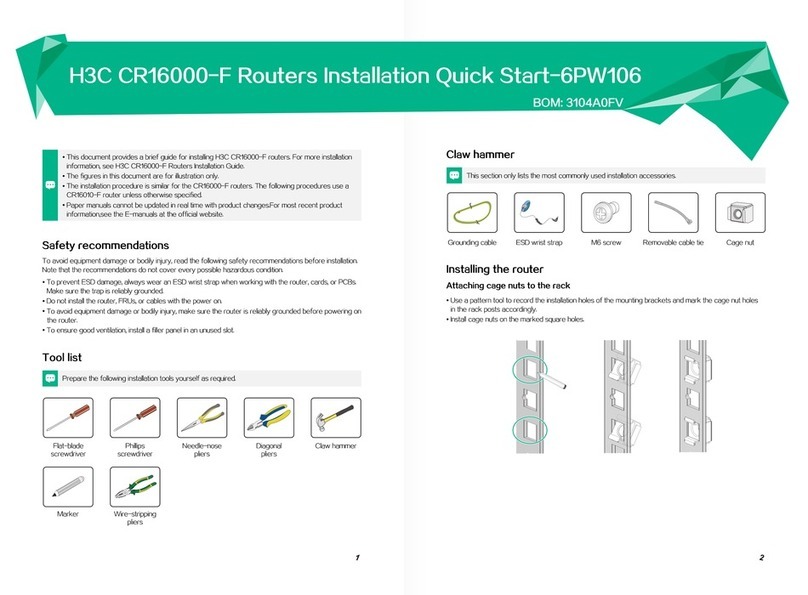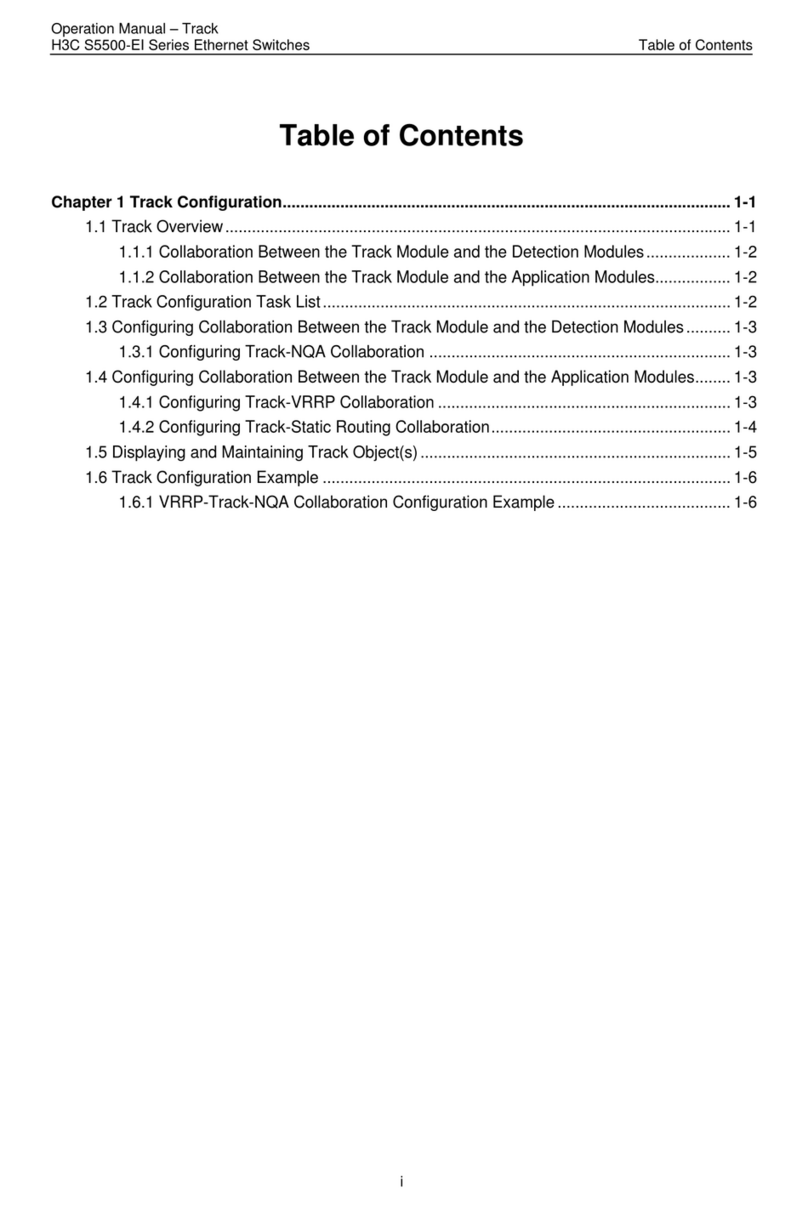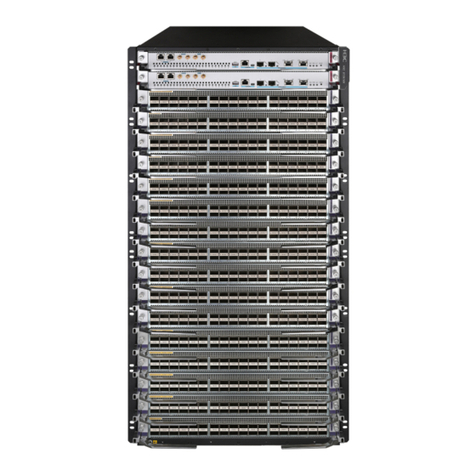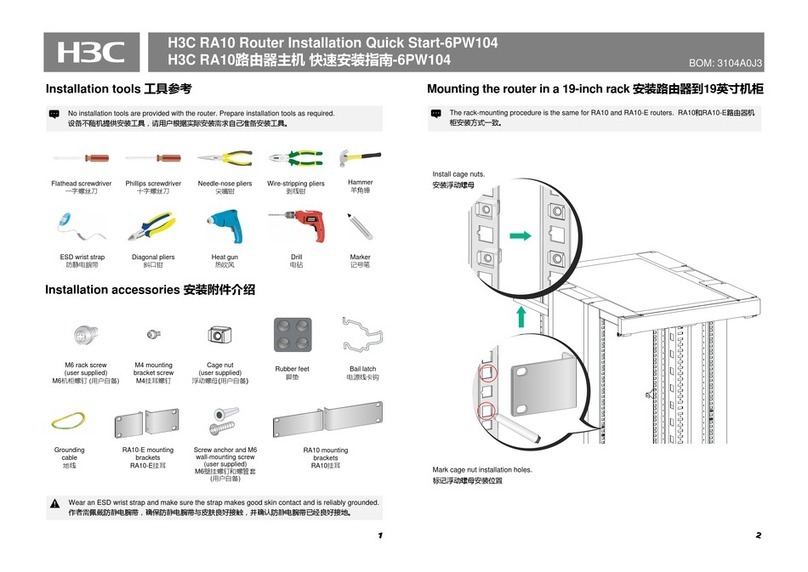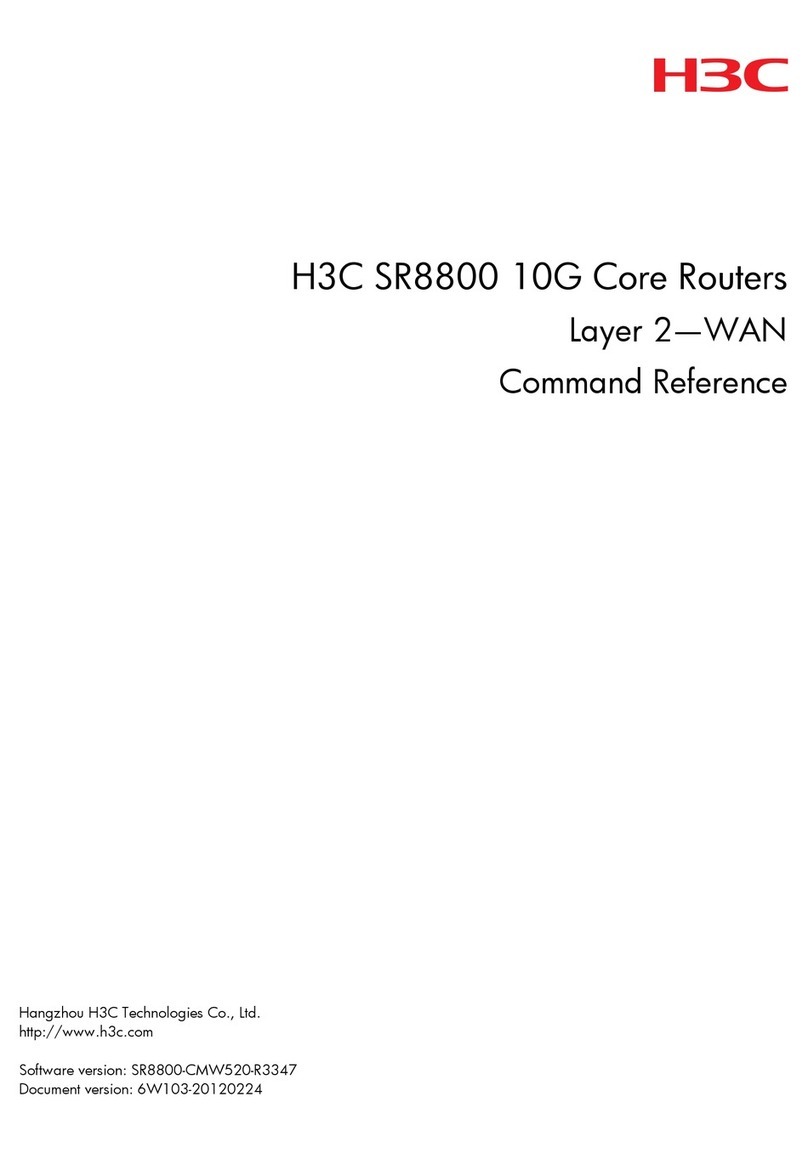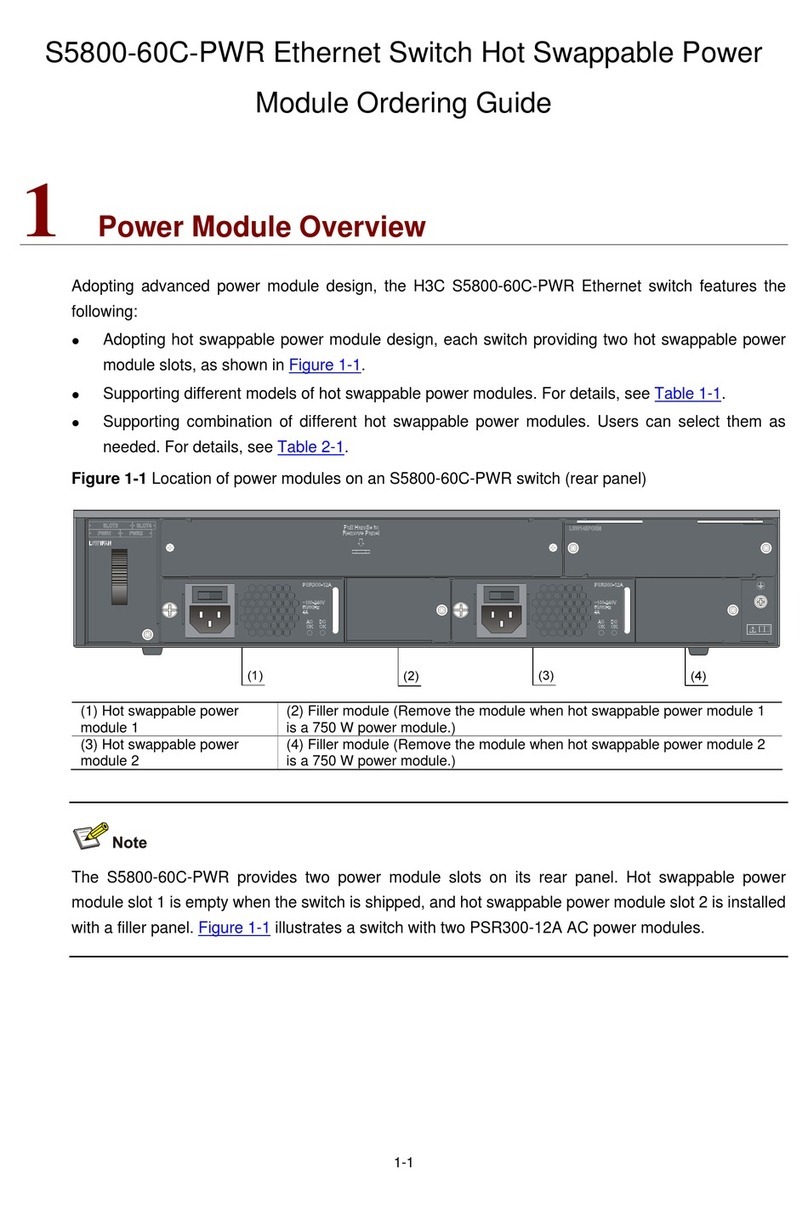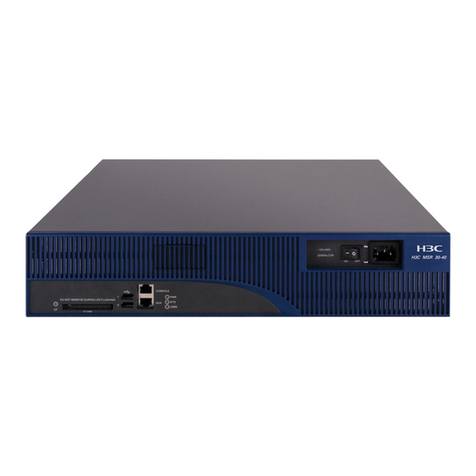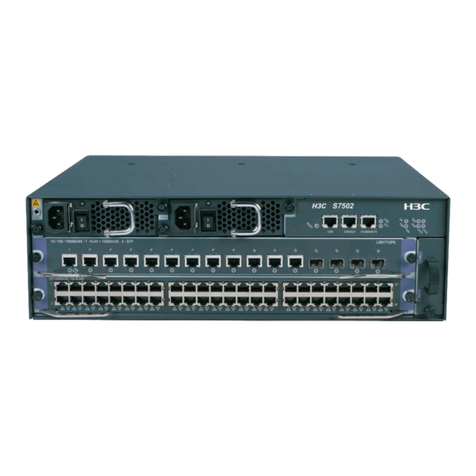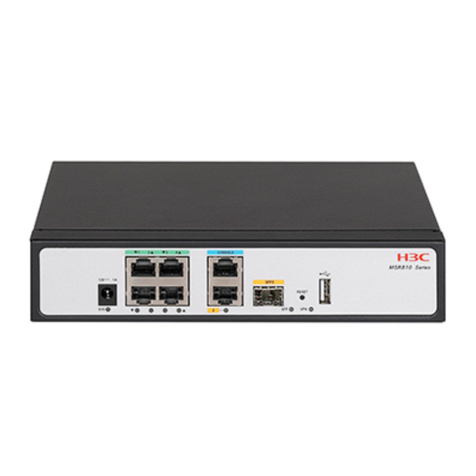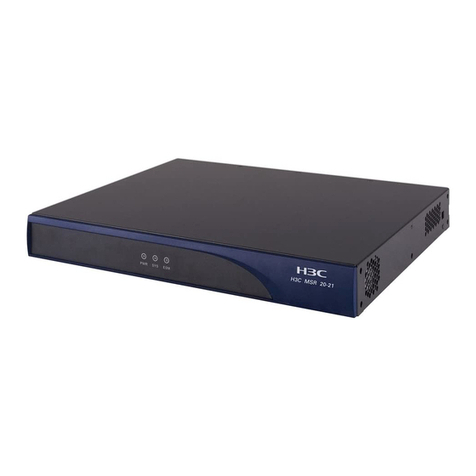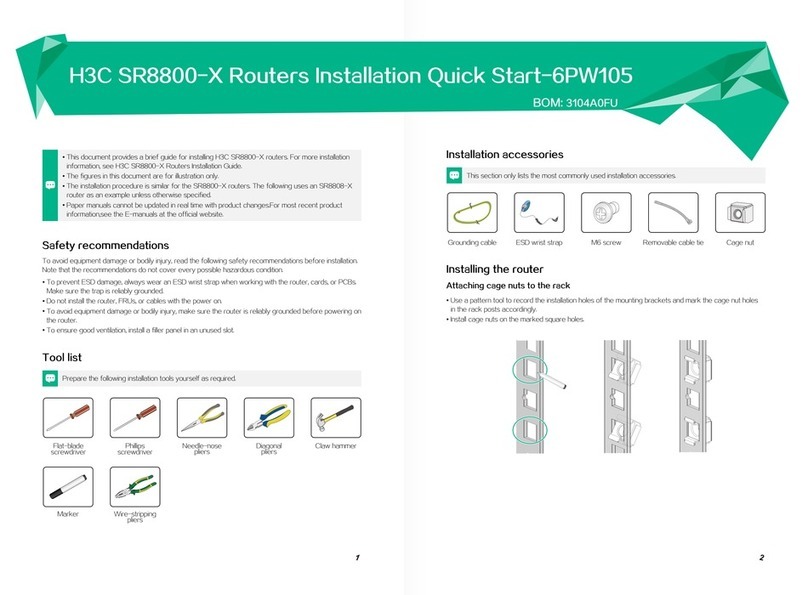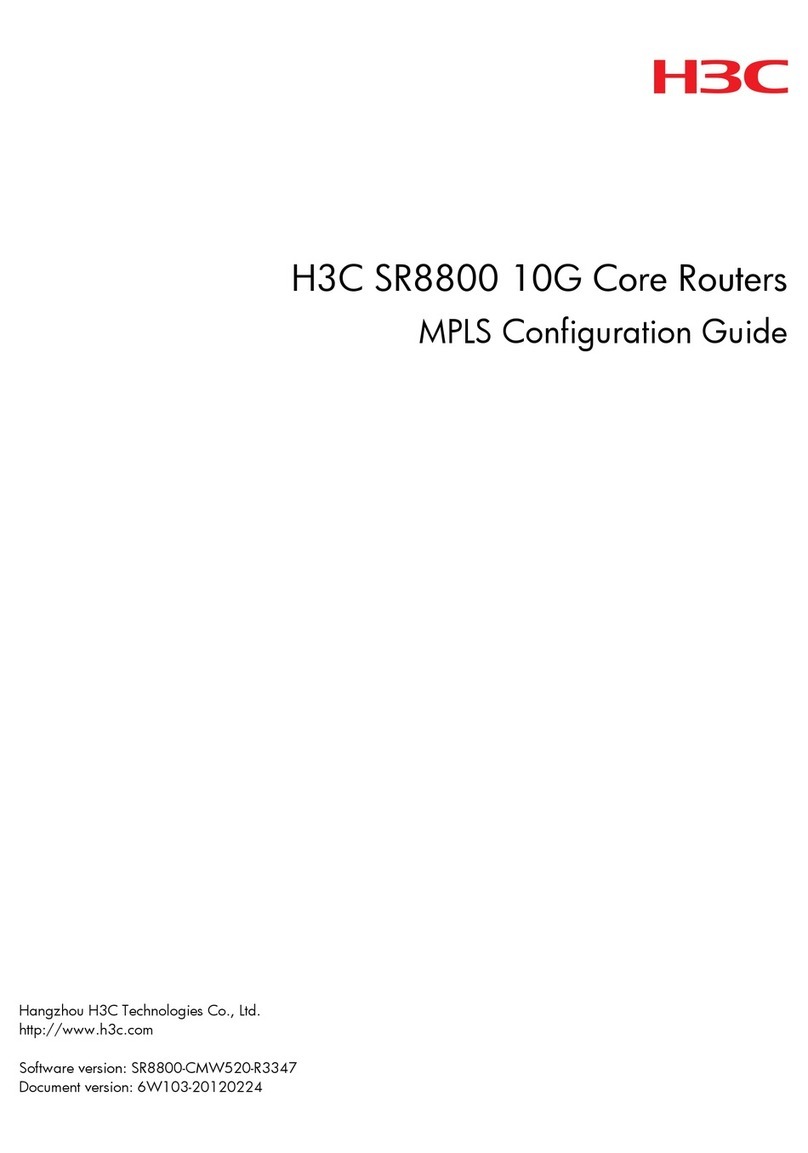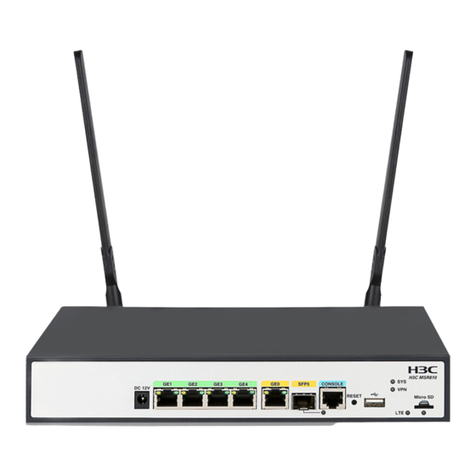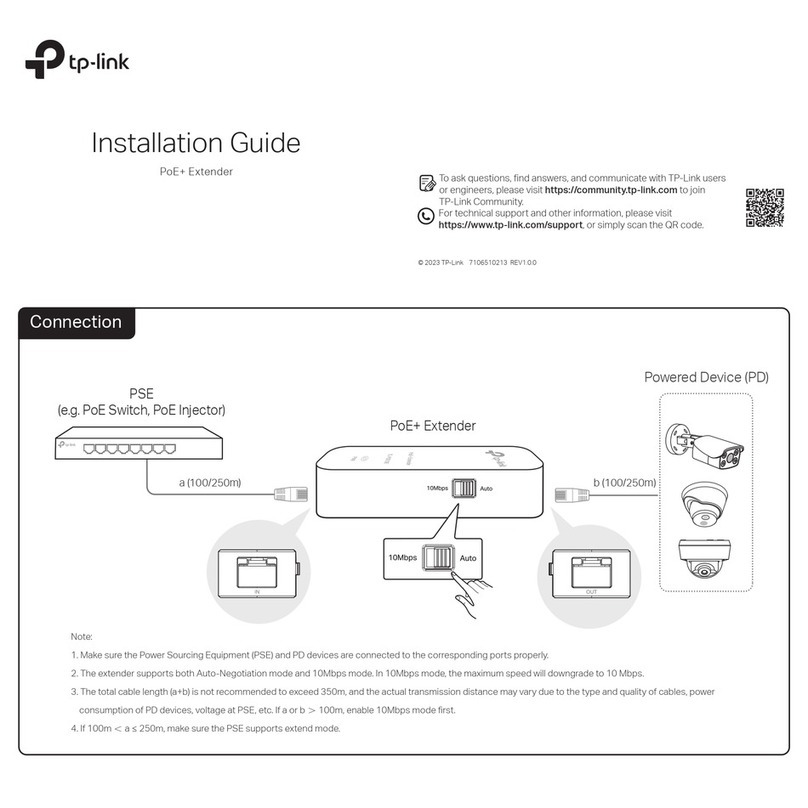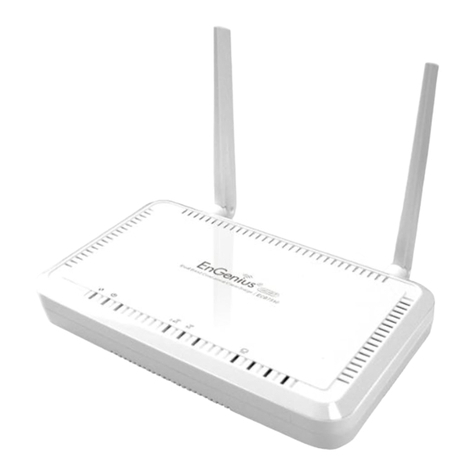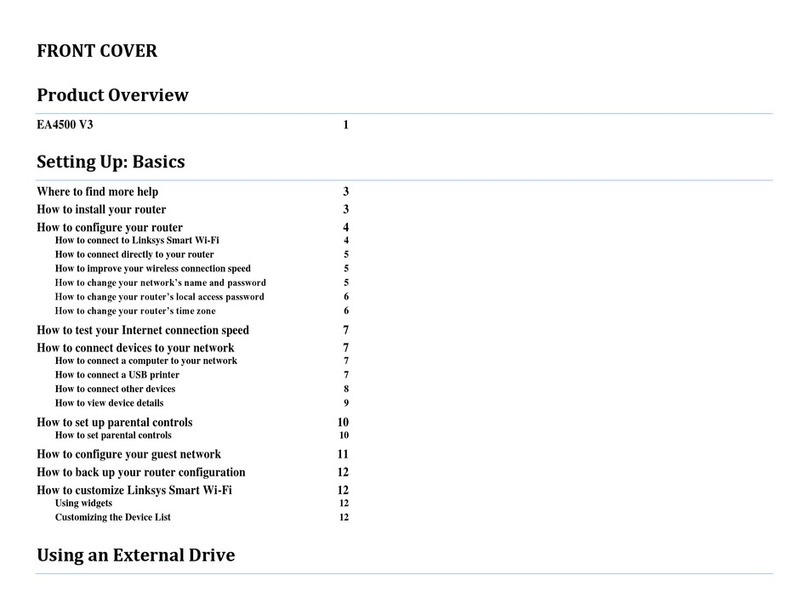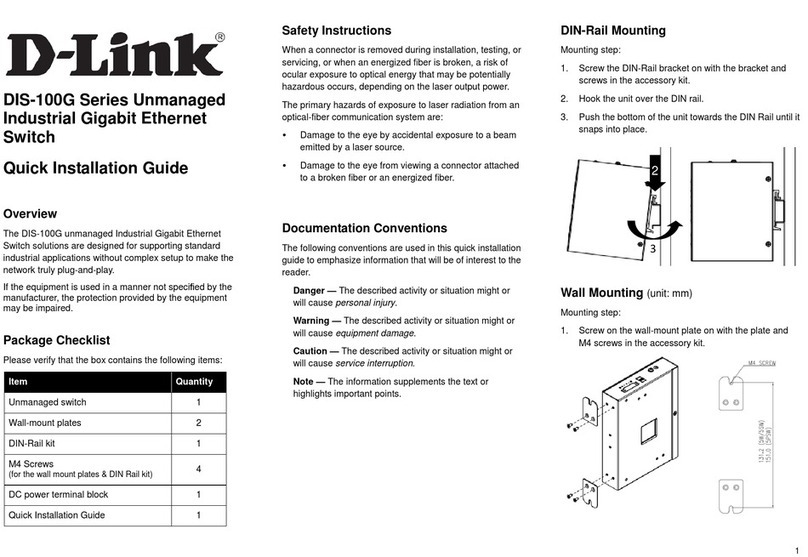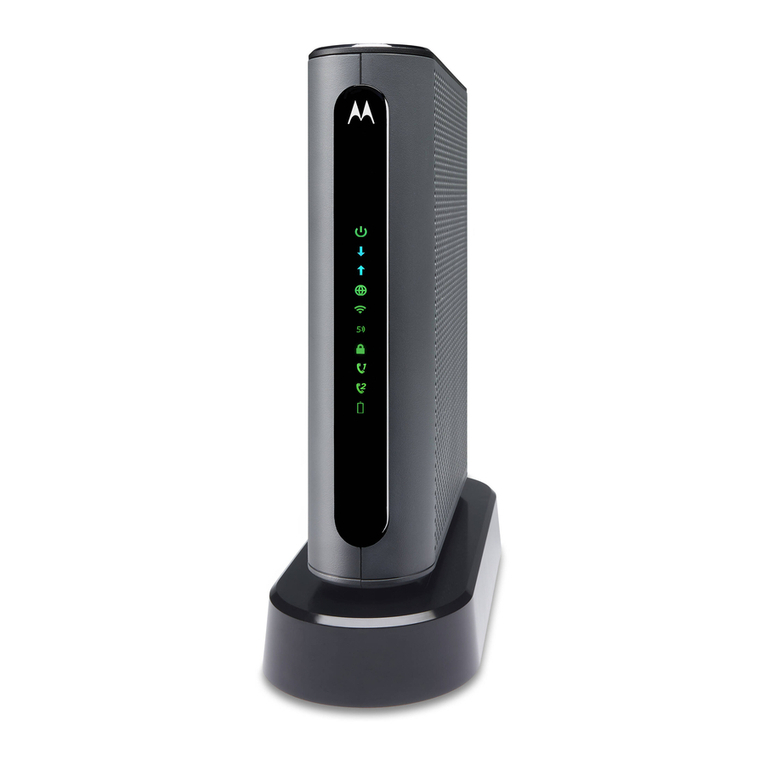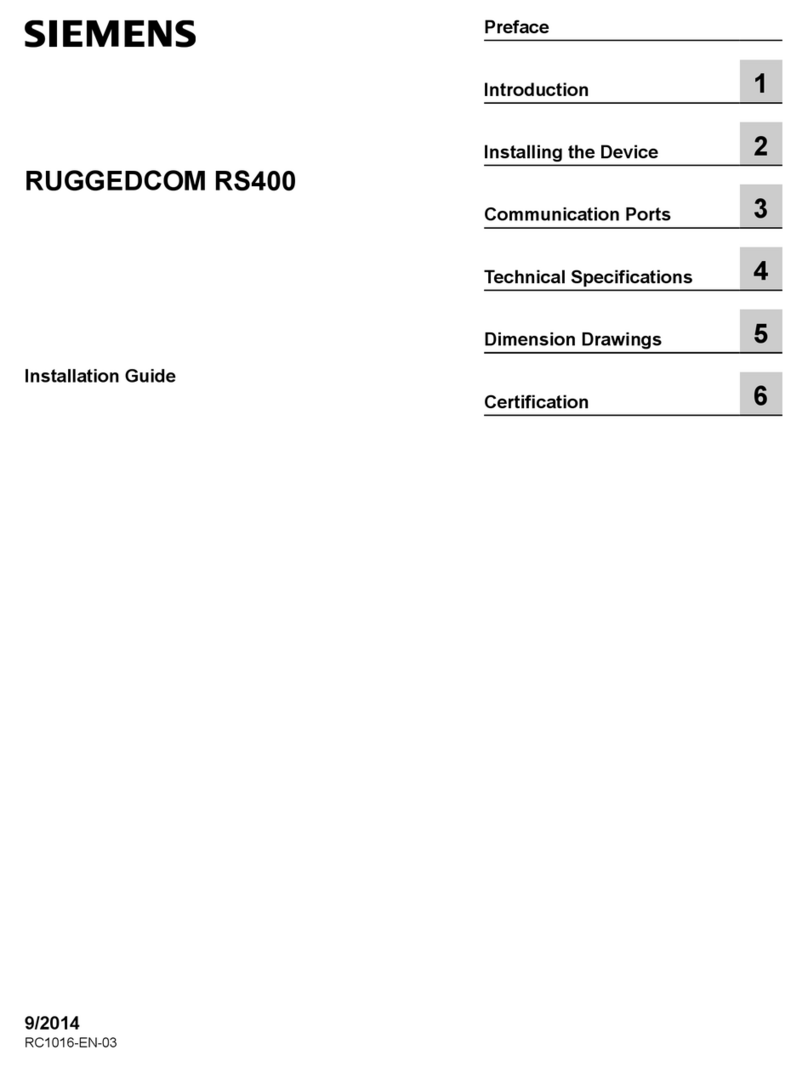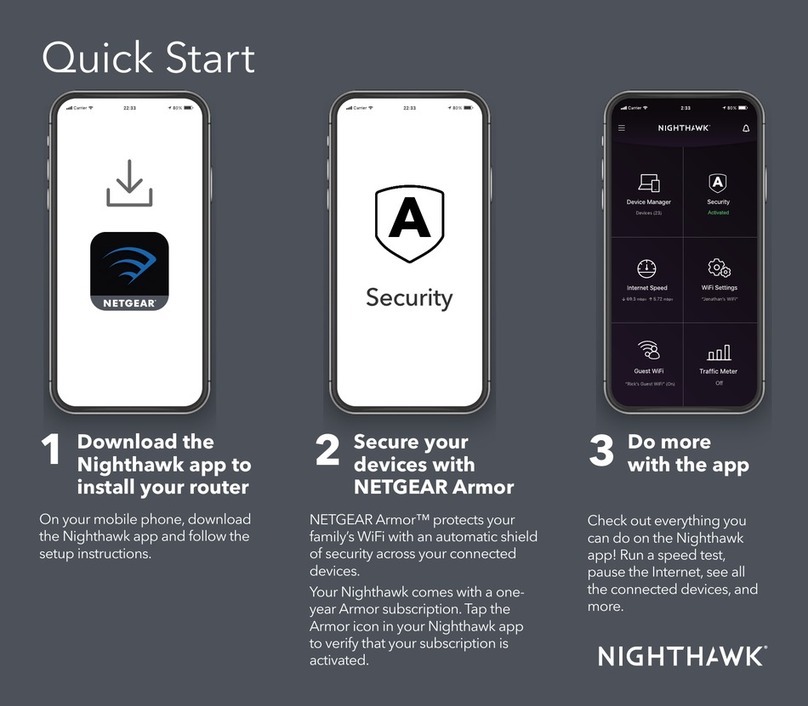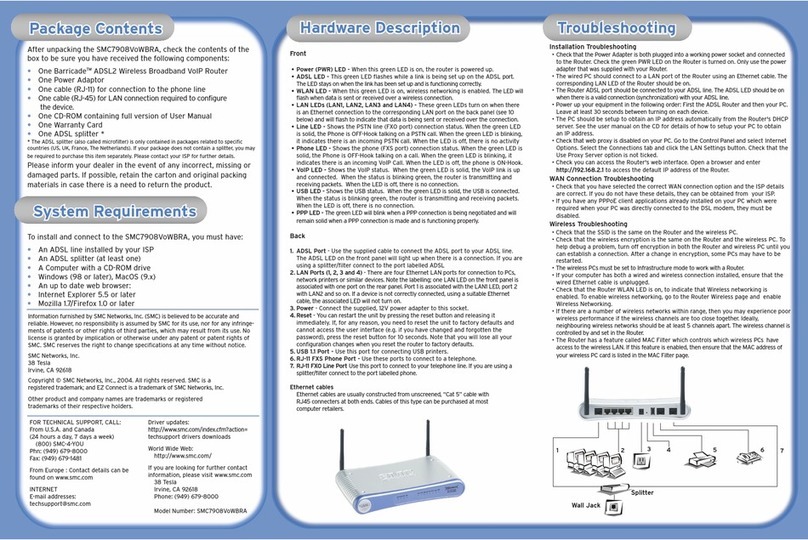
i
Contents
VXLAN commands···········································································1
Basic VXLAN commands·············································································································1
ac statistics enable ··············································································································1
arp suppression enable ········································································································1
description·························································································································2
display arp suppression vsi····································································································3
display igmp host group········································································································4
display l2vpn interface··········································································································5
display l2vpn mac-address ····································································································7
display l2vpn service-instance································································································9
display l2vpn vsi················································································································11
display vxlan tunnel ···········································································································13
encapsulation···················································································································15
flooding disable·················································································································16
group······························································································································17
igmp host enable···············································································································18
l2vpn enable·····················································································································19
l2vpn statistics interval········································································································19
mac-address static ············································································································20
reset l2vpn mac-address·····································································································21
reset l2vpn statistics ac·······································································································21
reset l2vpn statistics tunnel··································································································22
selective-flooding mac-address ····························································································23
service-instance················································································································23
shutdown·························································································································24
statistics enable (Ethernet service instance view)·····································································25
statistics enable (tunnel interface view) ··················································································25
tunnel ·····························································································································26
tunnel global source-address·······························································································27
tunnel statistics enable ·······································································································27
tunnel statistics vxlan auto···································································································28
vsi··································································································································29
vxlan·······························································································································29
vxlan invalid-vlan-tag discard ·······························································································30
vxlan tunnel arp-learning disable ··························································································31
vxlan tunnel mac-learning disable ·························································································31
vxlan tunnel nd-learning disable ···························································································32
vxlan udp-port···················································································································32
xconnect vsi·····················································································································33
VXLAN IP gateway commands ···································································································35
arp distributed-gateway dynamic-entry synchronize··································································35
arp send-rate····················································································································35
bandwidth························································································································36
default·····························································································································37
description·······················································································································37
display interface vsi-interface·······························································································38
distributed-gateway local·····································································································41
gateway subnet·················································································································41
gateway vsi-interface ·········································································································42
interface vsi-interface·········································································································43
ipv6 nd distributed-gateway dynamic-entry synchronize·····························································44
mac-address ····················································································································44
mtu·································································································································45
reset counters interface vsi-interface ·····················································································45
shutdown·························································································································46
vtep group member local·····································································································46
vtep group member remote ·································································································47




















